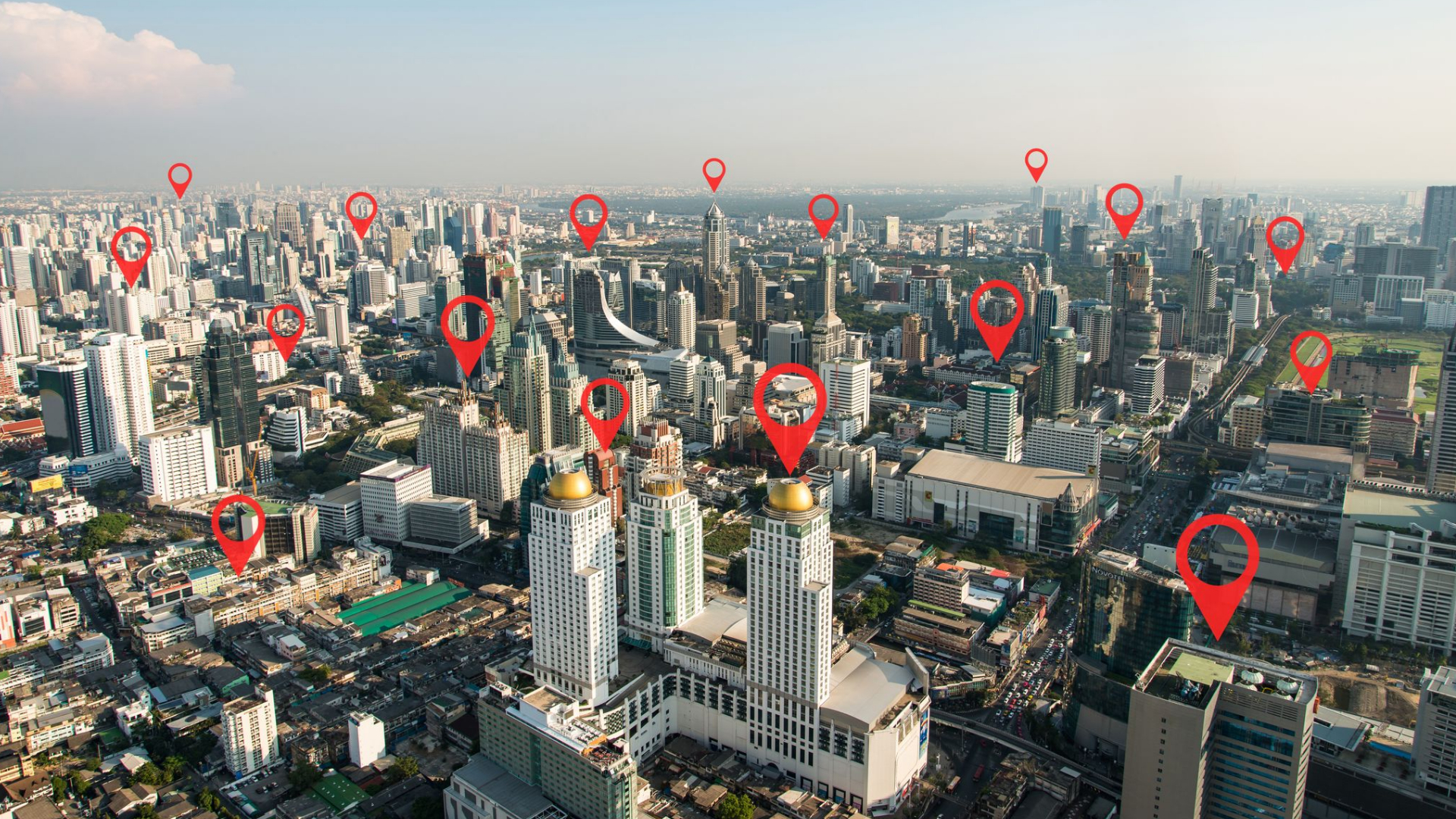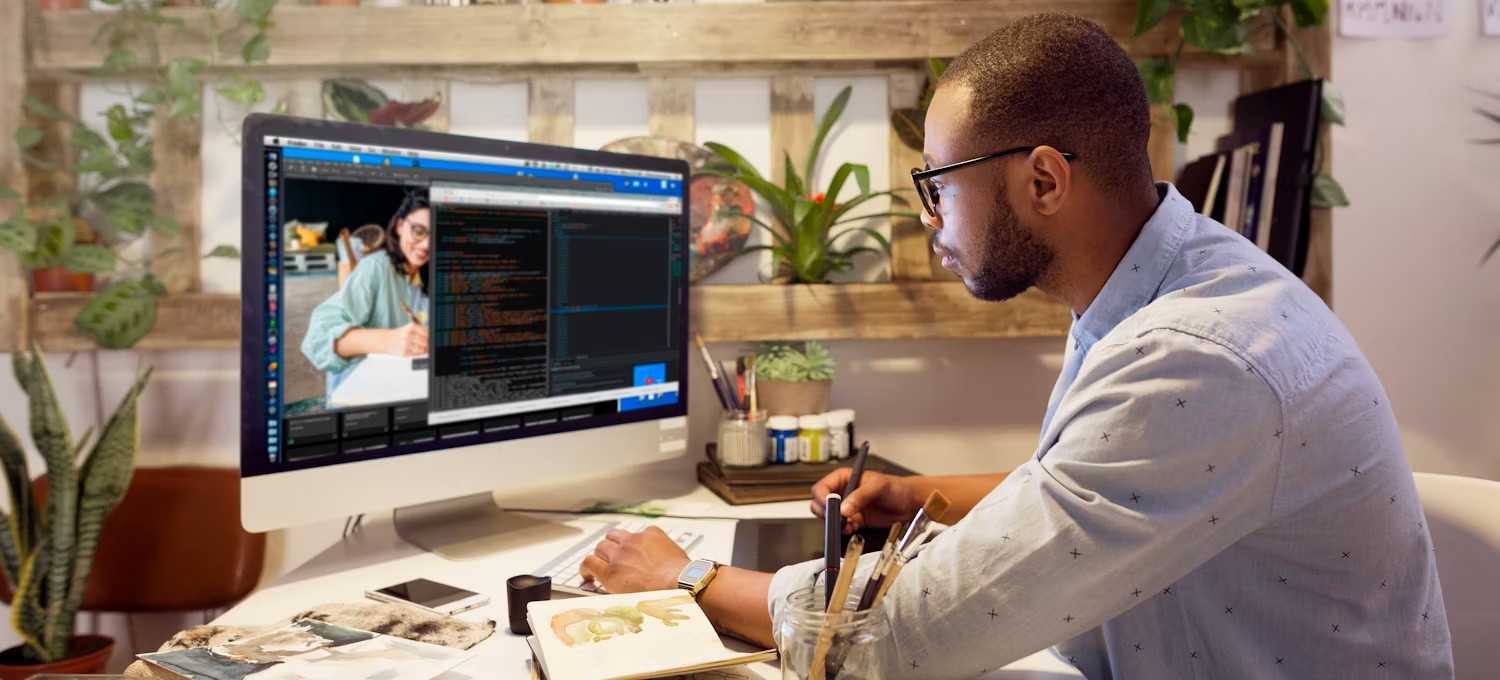
QR Codes for Real Estate: Marketing and Client Messaging
Published by Smart Office
QR codes have become powerful tools in the real estate industry, helping agents innovate and enrich their marketing campaigns. By merging the physical and digital realms, QR codes facilitate instant access to property information, personalized experiences, and interactive tours.
Understanding QR Codes
How do they work? QR codes are two-dimensional barcodes that store information in both horizontal and vertical directions, allowing them to hold much more data than traditional one-dimensional barcodes. They can encode data such as URLs, text, contact information, and more. The most common usage of QR codes involves smartphones. By scanning a QR code with a smartphone’s camera, users can quickly access the encoded information. Simple and accessible to anyone with a smartphone, QR codes have been adopted across diverse industries, including the competitive real estate market.
Using QR Codes for Real Estate
- Instant access to property information:
- By strategically placing QR codes on property signs, flyers, brochures, or even in print advertisements, potential buyers or renters can access detailed information about a property in moments.
- QR codes can link to virtual property tours, allowing potential buyers to explore the property virtually.
- QR codes can lead directly to detailed property listings on your website. Buyers can view high-resolution images, floor plans, and other essential details.
- Lead generation and data collection:
- When users scan QR codes, you can capture their contact information or track their interactions. This data is valuable for follow-up and lead nurturing.
- Customize QR codes to provide personalized content. For example, create a QR code that directs buyers to a video message from the listing agent or highlights specific features of the property.
- QR codes bridge the gap between printed materials (like brochures or yard signs) and digital content. Buyers can seamlessly transition from physical to digital information.
Implementing QR Codes in Your Brokerage
- Share property listings and generate leads:
- Include QR codes on property flyers, yard signs, and business cards. When scanned, these codes should lead directly to the property listing page on your website.
- Create QR codes that link to image galleries showcasing the property’s interior and exterior. Buyers can explore photos and get a better sense of the space.
- Invite contacts to connect and message you:
- Share QR codes on your social media platforms, directing users to property listings or relevant blog posts.
- Create a QR code that leads to your contact information. Buyers can save it directly to their phone.
- Use QR codes to initiate conversations via messaging apps.
- Boost your listing visibility:
- If you have 3D virtual tours or video walkthroughs, use QR codes to make them easily accessible.
- Share your property location with QR codes that provide directions to the property. This is especially useful for open houses.
- Boost foot traffic at your next open house with QR codes that link to event invitations, making it convenient for potential buyers to RSVP.
Best Practices for QR Marketing
Follow these best practices to avoid some common, costly pitfalls of QR marketing:
- Test Before Deployment: Always test your QR codes to ensure they work correctly. Broken links or incorrect information can frustrate potential buyers.
- Ensure Mobile-Friendly Content: The linked content should be mobile-responsive for a seamless user experience.
- Add a Clear Call-to-Action: Tell users what they’ll get when they scan the QR code (e.g., “Scan for a virtual tour”).
- Track Analytics: Use analytics tools to monitor QR code scans.
- Stay Up-to-Date: Regularly update the linked content to keep it relevant and accurate.
Still Have Questions?
Follow the practices above to improve client engagement and watch satisfaction rates soar! And check out our other articles for more advice on specific industries and use cases.

Curious About 1QR?
The dynamic QR code generator that grows with you.
Site Search:
All Topics:
Learn more about our services and the industries we serve.
- Book of the Week (51)
- Custom Development (20)
- Digital Business Cards (14)
- Dining and Bars (12)
- Direct Sales (29)
- eCommerce and Retail (24)
- Education (12)
- Email Marketing (15)
- Healthcare (12)
- Live Events (20)
- Payment Software (12)
- Political Groups (12)
- QR Codes (15)
- Real Estate (12)
- Smarticles (252)
- Sweepstakes (15)
- Text Marketing (69)
- VoIP Telephone (32)
- Web Meetings (41)



